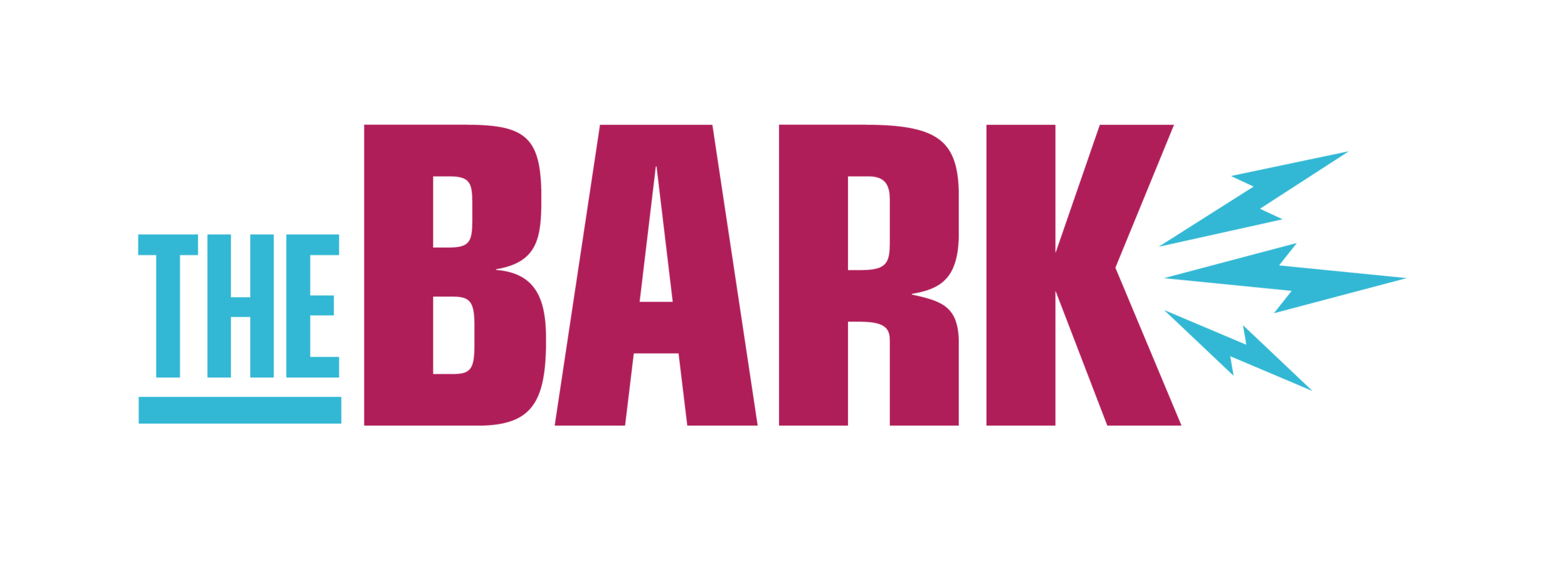As a Student: PolyMet ignores interests of Minnesota
Illustration by Rebecca Kottke
Sulfuric acid is meant to clean toilets, unclog drains, dissolve rust, and occasionally burn through human skin. I mean, it’s battery acid, and it is NOT meant to be a part of an ecosystem - polluting rivers, lakes and groundwater.
PolyMet’s proposed copper-nickel mine has officially gotten the go-ahead, and things just got very real. The proposal targets a site near Hoyt Lakes, Minnesota, and includes plans to use sulfide mining as the prefered method to extract the metals from the ground.
The sulfuric acid comes from storm runoff. When the produced sulfide waste is rained on, it creates sulfuric acid, which runs into nearby streams and lakes. The high threat this poses stems from the location of the mine, which would be near the Boundary Waters Canoe Area (BWCA) and upstream from our slightly-important Lake Superior.
Now, before you continue reading with the bias of how good this mine could be for the economy of the Iron Range, pretend it was a bank being built. A big bank. A skyscraper of corporate offices. Clearly, a skyscraper wouldn’t belong in the heart of Minnesota’s wilderness, and it would likely be vetoed by the residents of the area for being too “urbanized” or “corrupt.” Maybe even as “corrupt” as the fact that Ivanka Trump’s landlord happens to own Twin Metals, the Chilean parent company to PolyMet.
So why a sulfide mine? It is understandable that mining has historically been a big part of Northern Minnesota’s economy, but none of the which have ever posed such a threat to the state’s real treasure - the environment.
Of course PolyMet has claimed they will control their amounts of waste and the environment will be fine in the end, but why wouldn’t they? According to the Environmental Protection Agency (EPA), there has never been a sulfide mine that didn’t pollute surrounding bodies of water. Afterall, the EPA has named sulfide mining “America’s most toxic industry.”
A mining project like this would typically take up to 500 years of consistent water-treatment and cleaning efforts. To accommodate those efforts would require a budget between $500 million and $1 billion. According to a 2017 Star Tribune article, Montana mining consultant Jim Kuipers claimed it would be more realistic to budget $934 million up front to cover 500 years of water treatment and potential closing costs 20 years from now once the mine is exhausted.
Last I saw, Polymet has set aside a completely unrealistic budget of $332 million for financial assurance. That leaves a large gap to be covered, which would ultimately be forced on the Minnesota tax payer.
Not only does that leave the population of Minnesota threatened financially, but it threatens the environment in which so many of us have built the foundation of our lifestyles upon. It poses potential health risks to us humans, and more importantly, the fish and wildlife that make the BWCA the soul of our state.
Even after 70 percent of Minnesotans who voted advocated against carrying out the project, the government once again put those interests aside in place of their own.
I, like many people right now, am not entirely sure what the next step is, but I’m worried.
I’m not asking you to sign a petition (I’m also not asking you NOT to sign a petition), I’m asking you to care enough to educate yourself on this particular topic and to talk about it. It’s up to us to keep our rivers pure and our lakes superior.
BIO: Evan Hughes is a junior Marketing & Graphic Design major at UMD. He is an avid outdoorsman who enjoys hunting, fishing and camping in and around the BWCA. He is most passionate about fly fishing Lake Superior tributaries for lake-run trout.

